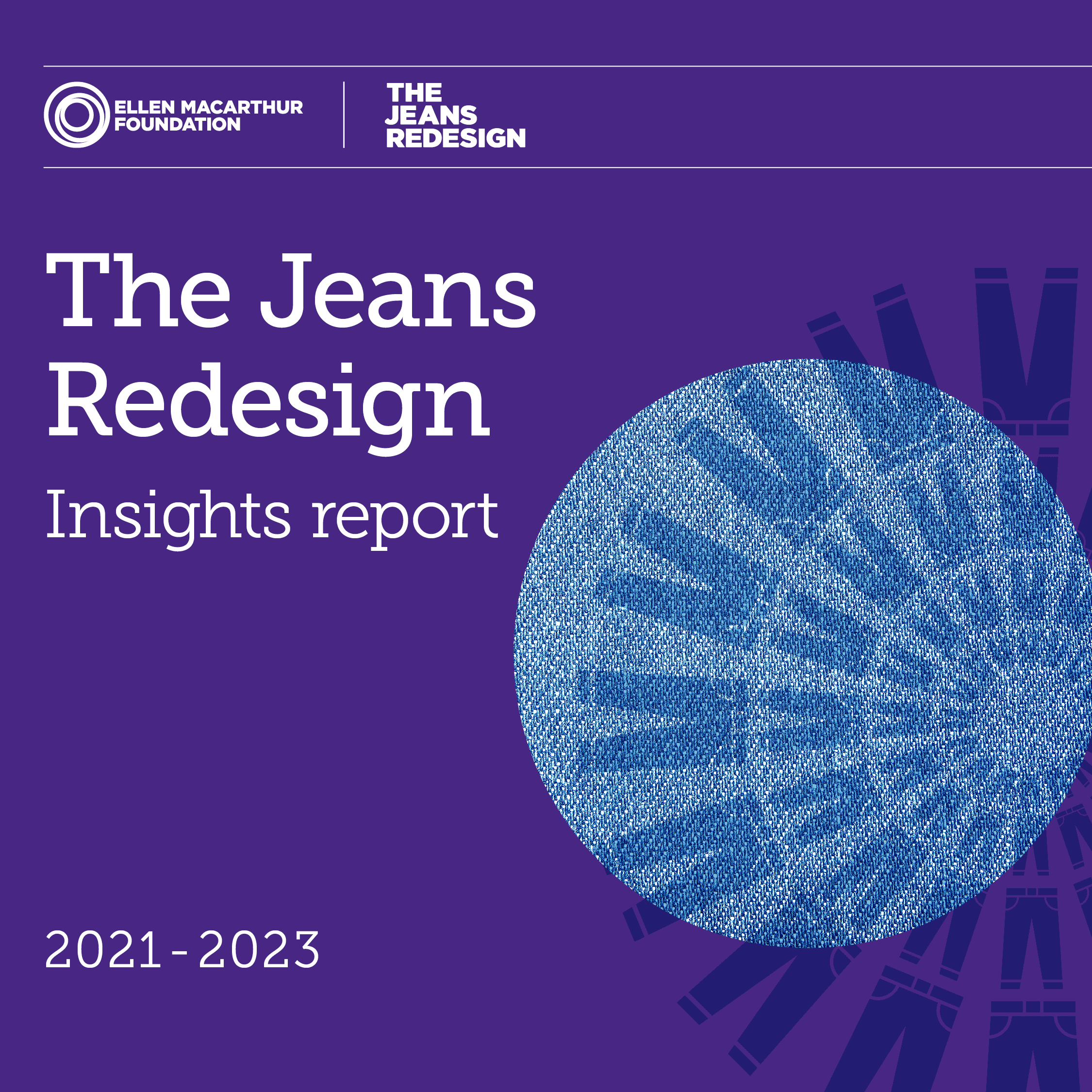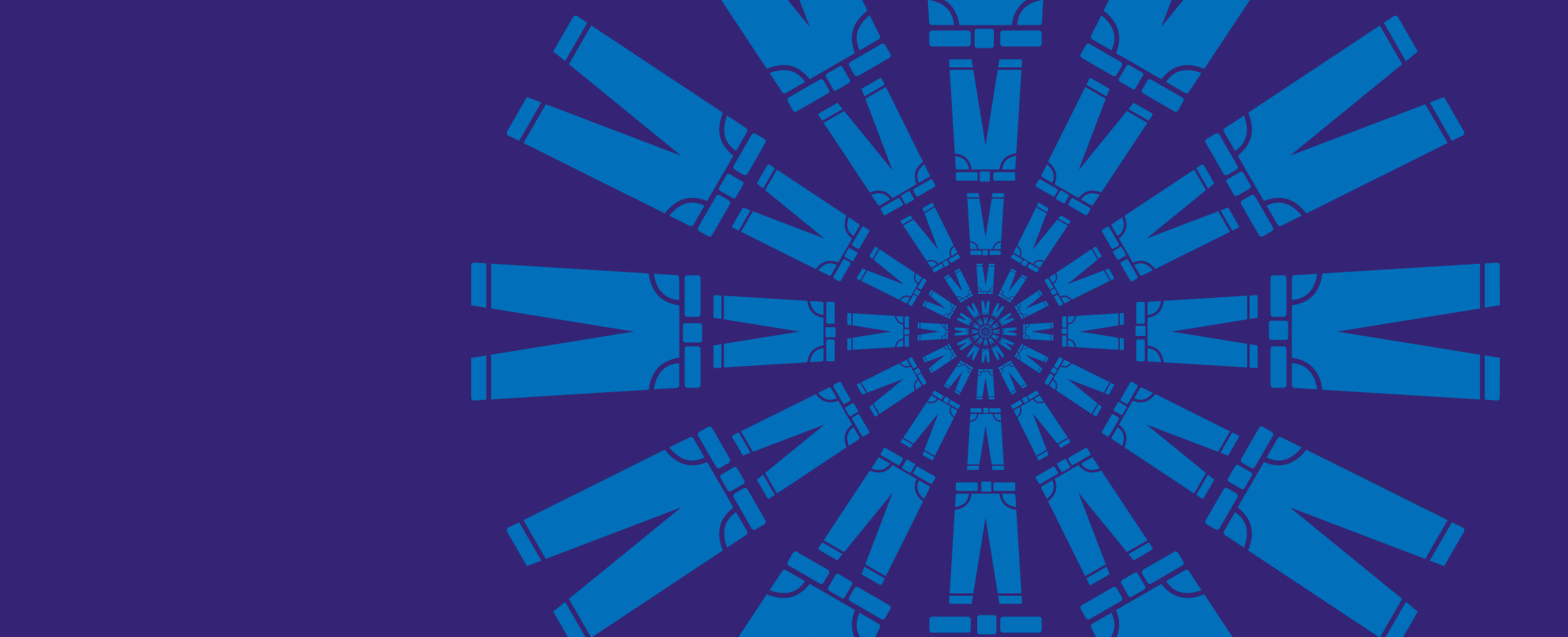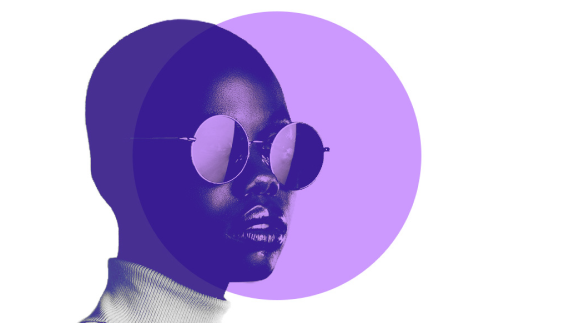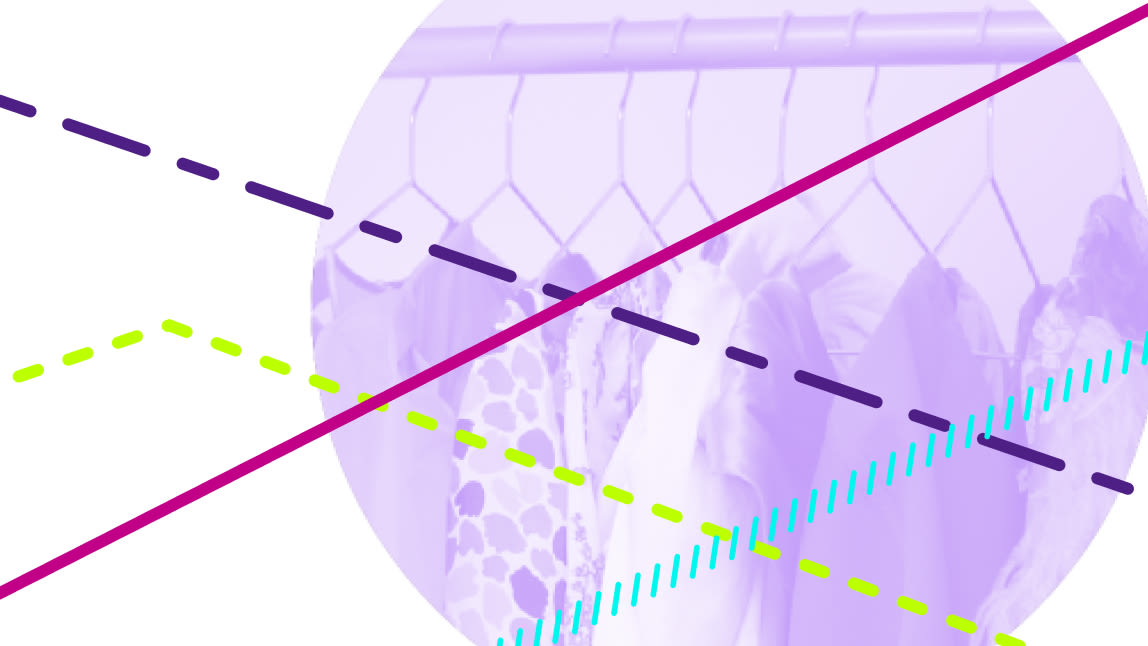
Between 2021 and 2023, brands participating in The Jeans Redesign have brought 1.5 million pairs of redesigned jeans to the market that are durable, recyclable, traceable and made using safe materials and processes - that’s more than three times as many as in 2021. Additionally, one-in-nine brands have redesigned at least 40% of their jeans portfolio.
Through collective action, the project’s participants have identified solutions, remaining barriers, and innovation gaps to scale a circular economy for jeans and other garments.
The participant’s learnings highlight the solution pathways to make circular design become the norm, with 72% of participants overcoming design challenges to design and make jeans that met the guidelines. Without systems change, progress to redesign products will miss their full potential. Insights from the report can help outline how businesses and policy makers can foster the right conditions for change across the entire fashion industry.

The story of The Jeans Redesign
The Jeans Redesign started out with a simple question. What would a pair of jeans that are fit for a circular economy look like today? Being an iconic fashion staple, jeans represented a fundamental opportunity to start addressing the flaws of the linear economy, in an ambitious, yet impactful way.
The project’s guidelines defined a starting point for industry to design and make products aligned with the principles of a circular economy, and the Foundation’s Vision of a Circular Economy for Fashion.
Fast forward to 2023, and over 100 organisations across the industry have redesigned fabric and jeans that align with this ambition - moving beyond theoretical discussions, learning by doing, testing new solutions, and overcoming innovation gaps.
But jeans are just the start
More than a third of participants applied circular economycircular economyA systems solution framework that tackles global challenges like climate change, biodiversity loss, waste, and pollution. It is based on three principles, driven by design: eliminate waste and pollution, circulate products and materials (at their highest value), and regenerate nature. principles to other garments including jackets, shirts, jumpers, tops, bags and hats - proving circular design can become the norm. Industry and policy makers can take these learnings and apply them to all garments.
We must move from redesigning our clothes, and instead shift the focus to redesigning the system they enter, ensuring garments are circulated by design and that our clothes are kept in use.
The question is no longer whether a circular economy for fashion is possible, but what we will do together to make it the norm, not the exception
Through their participation in The Jeans Redesign, organisations are taking a step forward in their long-term circular economy journey by putting redesigned products on the market. We welcome this progress. But in order to truly challenge conventional linear models at scale – and for a circular economy for fashion to become the norm – we must ensure that efforts focus not only on redesigning the products of the future, but on the services and business models that deliver them and keep them in use. The path forward is clear. What is needed now is to accelerate the pace and scale of change.” - Jules Lennon, Fashion Initiative Lead - Ellen MacArthur Foundation








